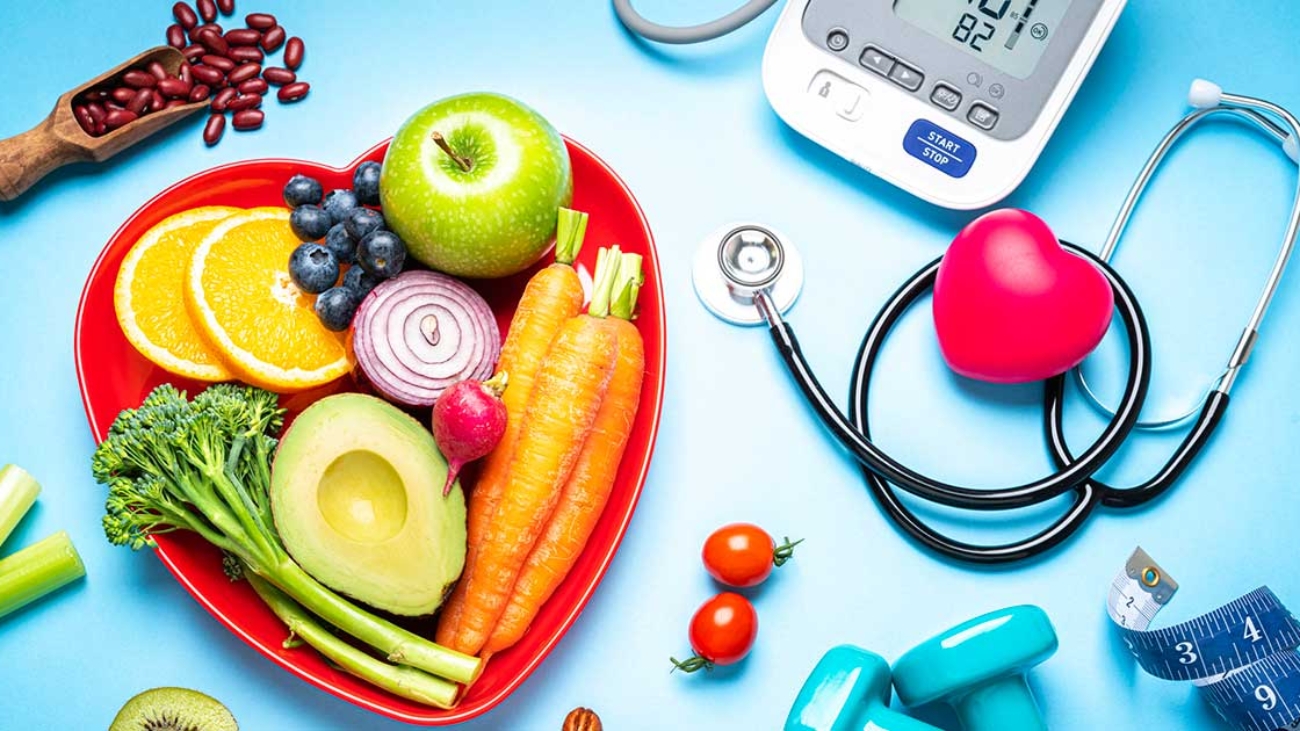Introduction
It is traditional for most people to make New Year resolutions, but just a few weeks into the year, they are either wavering from them or may have entirely forgotten the resolutions. Why is it so hard to make changes? The answer is not very simple. This is because as individuals we struggle daily with decisional balance, an activity which helps to make clear the worth, or “why” of wanting to change. The decisional balance takes into consideration the pros and cons of behavioural change because understanding the pros and cons of these changes helps one to acknowledge that behavioural change has good consequences, but requires sacrifice. But whether we like it or not, we are always confronted with taking decisions about how we live each day as these have implications for our well-being and longevity.
The rise in chronic diseases and related healthcare spending in many countries has become unbearable. Chronic diseases and conditions such as hypertension, heart disease, stroke, type 2 diabetes, obesity, multiple types of cancer are among the most common, costly and preventable health conditions. This being said, the good news is that 80% or more of all healthcare spending is tied to the treatment of conditions rooted in poor lifestyle choices that are modifiable.
Imagine drawing up two columns and labelling one “pros” and the other “cons.” Under each column answer each question: What will be the consequences of my behaviour change (or no change)? If the pros of change outweigh the cons, then you are ready to move onto the path of healthy living. This sets the foundation for the preparation, action and maintenance stages.
Making a behaviour or lifestyle change should be approached as if you are getting ready for a major surgery. This could involve planning, support from family and friends as well as mental attention. It would be your number one priority, and it is expected that nothing else would take precedence over your efforts to enhance your well-being through a lifestyle change. According to the World Health Organization, 80% of heart disease, stroke and type 2 diabetes and 40% of cancer could be prevented, primarily with improvements to diet and lifestyle.

